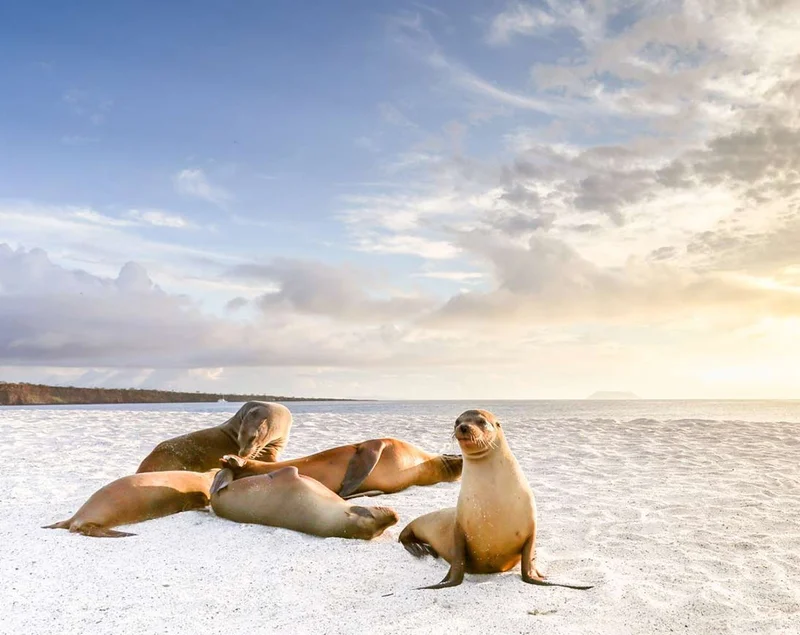

7 Day Galapagos Itinerary
Day 1: San Cristobal Island: Puerto Baquerizo Moreno & Cerro Colorado
We arrive by plane at San Cristobal Island and transfer to Yacht Isabela II for cabin assignment, introductory briefing and lunch.
After lunch, we land back at Puerto Baquerizo Moreno and drive 40 minutes to the island’s southern shore. At Cerro Colorado, we visit the breeding centre of the highly-endangered giant tortoises in the midst of a fantastic deciduous forest, home to dozens of bird species and the endemic San Cristobal lava lizard.
Day 2: Genovesa Island: Prince Philips Steps & Darwin Bay
Overnight, we navigate northbound to the incredible bird haven on Genovesa Island, crossing the equator on the way. The morning starts with a panga ride along the cliffs of this dramatic island, followed by a dry landing with a steep climb (90 feet) up some stairs to reach a flat plateau. Along our walk, we can observe large colonies of Nazca boobies, red-footed boobies, great frigatebirds and storm petrels. Coastal exploration along the cliffs (depending on weather conditions) will let us see more wildlife, including Galapagos fur seals. We can also enjoy snorkelling and kayaking.
In the afternoon, we land at Darwin Bay, its beach has an easy stroll observing hundreds of birds, mainly frigatebirds, red-footed and Nazca boobies, gulls, herons, finches and mockingbirds. There’s an optional walk over sharp lava and uneven terrain for dramatic views, or else we can return to the beach to enjoy snorkelling at this beautiful natural harbour.
Day 3: Santiago Island: Buccaneer Cove & Puerto Egas
After breakfast, we enjoy a coastal exploration along the impressive cliffs of Buccaneer’s Cove, learning about the area’s distant and recent history. The cove is home to a large number of marine birds, sea lions, and inter-tidal organisms. Enjoy fantastic natural formations such as the “The Bishop” and an impressive natural cave. This is a great site for snorkelling too or ride in our glass-bottom boat.
Puerto Egas offers you a wonderful opportunity to see land and marine birds amidst a landscape of tuff-stone layers and lava flows. At low tide, marine iguanas graze upon the algae beds and we can also observe a colony of fur seals. Back at the beach where we land, there’s very good snorkelling and swimming here.
Day 4: Fernandina Island: Punta Espinoza & Tagus Cove
In the morning, we visit the youngest island of the archipelago, Fernandina. Punta Espinoza has an amazing combination of barrenness and abundant wildlife. Highlights include hawks, penguins, flightless cormorants, and some of the densest colonies of marine iguanas. Snorkeling here usually bring unexpected marine encounters.
Across the narrow Bolivar Channel, we anchor at Tagus Cove on the northwest of Isabela. It provided a favourite anchorage for pirates and whalers over the centuries. An uphill hike takes guests to the rim of Darwin Crater, filled with salt water and to a dramatic viewpoint. After our walk, we take a panga ride to spot local wildlife, including some Galapagos penguins with the possibility of swimming, kayaking or snorkelling.
Day 5: Isabela Island: Urbina Bay & Punta Vicente Roca
After breakfast we disembark at Urbina Bay, the result of an uplifting of the ocean floor in 1954. Here you can find corals shells and many other calcareous organisms exposed above water. This area is also home to large and very colourful Galapagos land iguanas, and occasionally to giant tortoises. Along the shoreline, after the hike, guests may encounter flightless cormorants and see penguins while snorkelling.
Since there is no landing site at Punta Vicente Roca, the coastal exploration is by skiff, while naturalists explain the dramatic geology of the area, with remains of lava flows and tuff stone layers. There is abundant wildlife and, depending on the conditions of the ocean, we’ll be able to snorkel along the cliffs, hopefully in the company of green sea turtles and penguins. Expedition plan for Sunday and dinner.
Day 6: Rabida Island & Santa Cruz Island: Cerro Dragon
In the morning, we disembark at Rabida Island’s red-coloured beach. A stroll allows us to observe a large colony of sea lions, marine iguanas, mockingbirds, yellow warblers and several species of Darwin’s finches. This is a great place to snorkel from the beach. We can also enjoy a panga ride, kayaking or ride in our glass-bottom boat.
The north shore of Santa Cruz hosts Cerro Dragón (Dragon Hill). Our walk includes circling a brackish water lagoon frequented by lagoon birds, including ducks, stilts and some few flamingos. Further inland, the trail brings us to the nesting area of land iguanas, and then it offers a beautiful view of the bay and the western islands of the archipelago
Day 7: Baltra Ariport & Departure
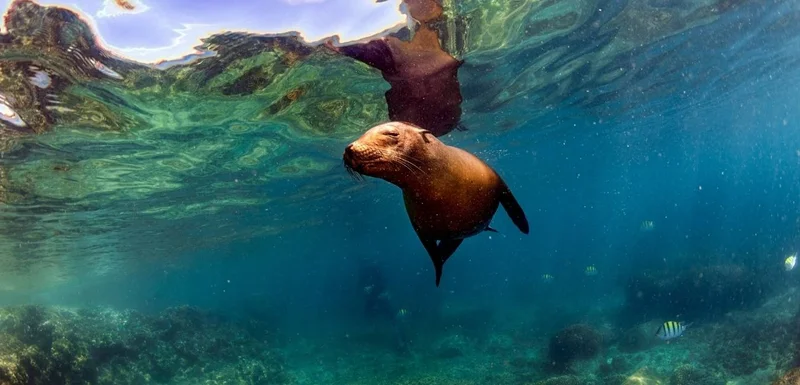
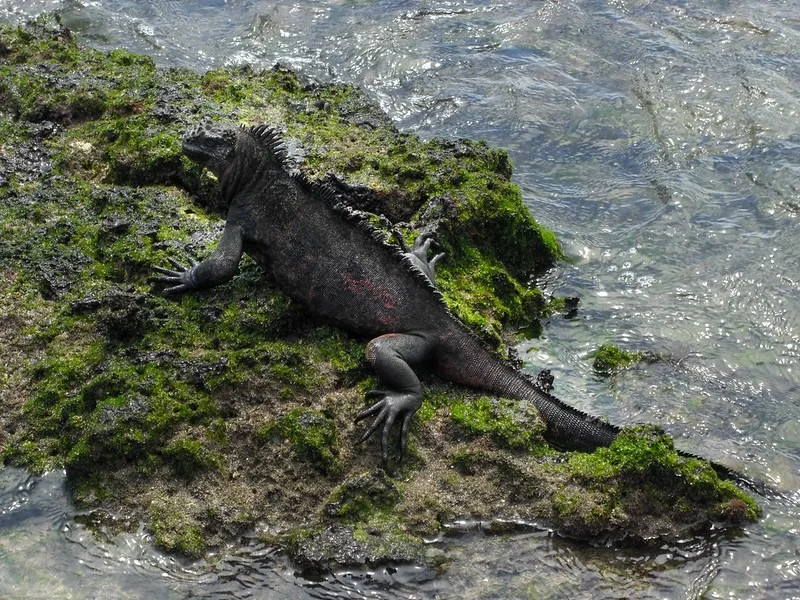
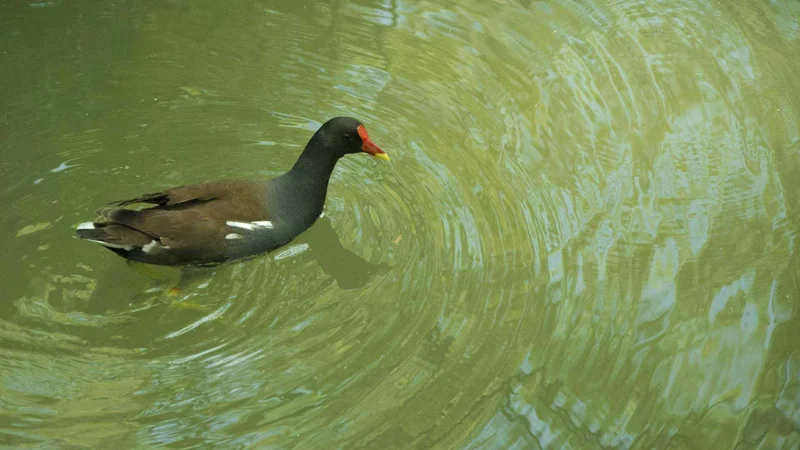


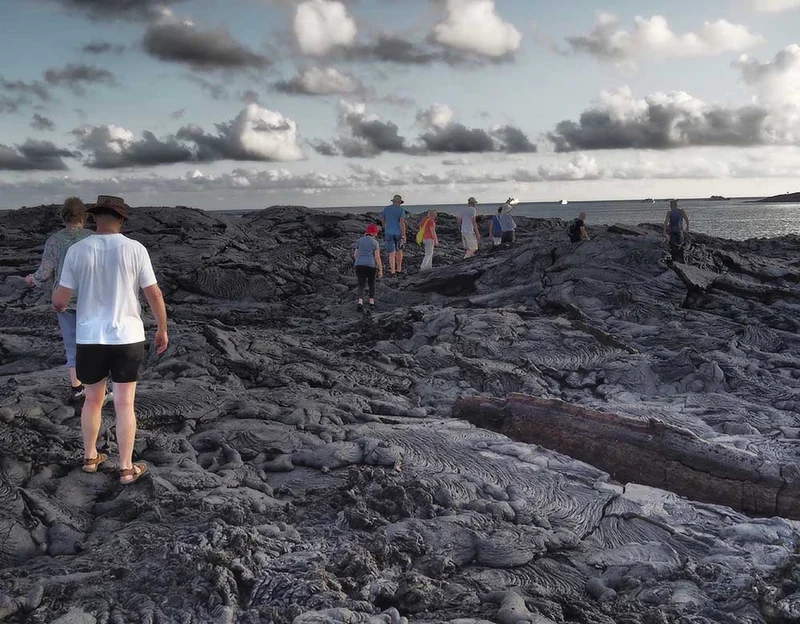
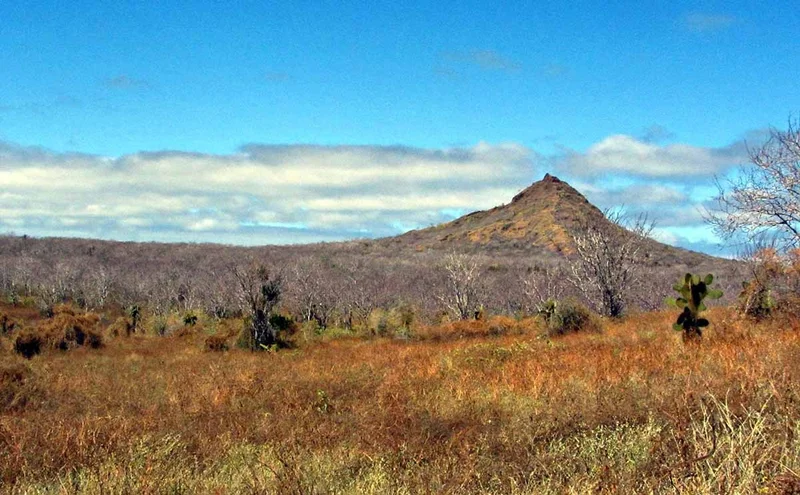
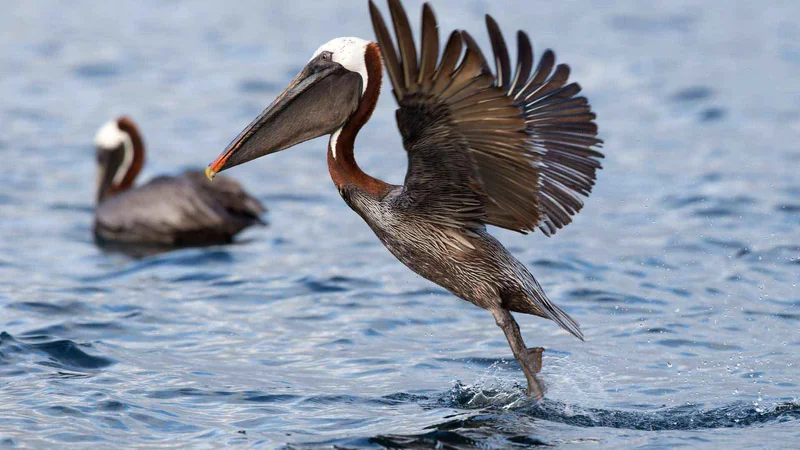

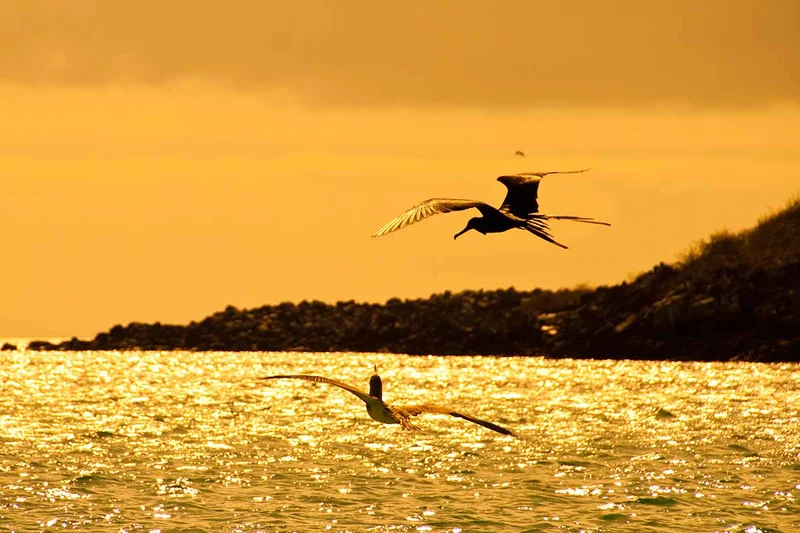
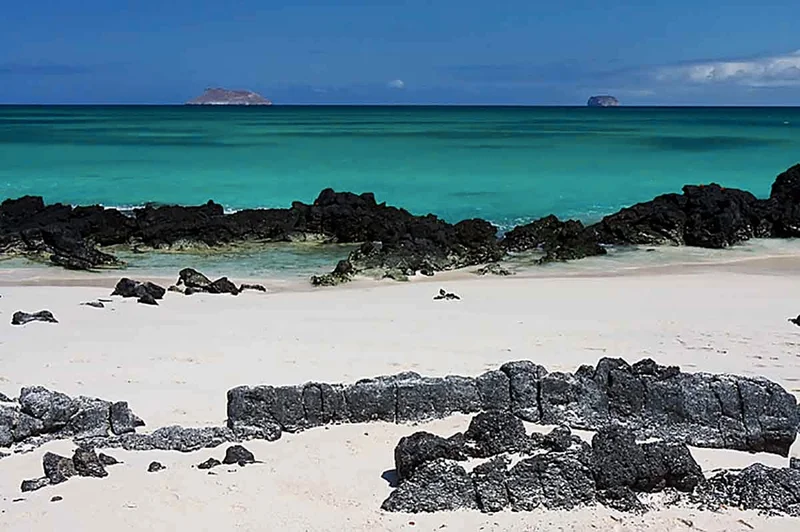

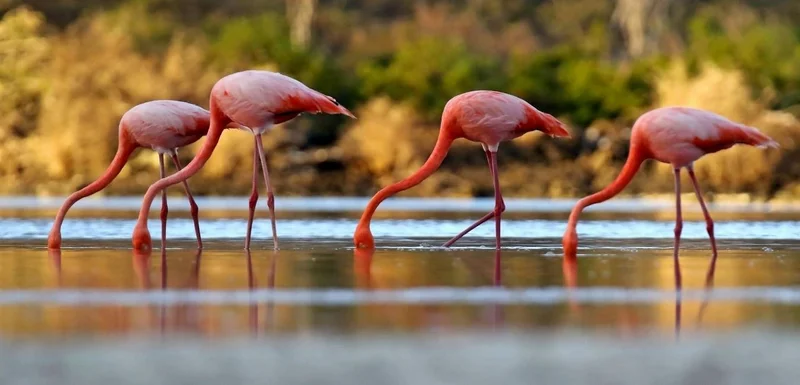
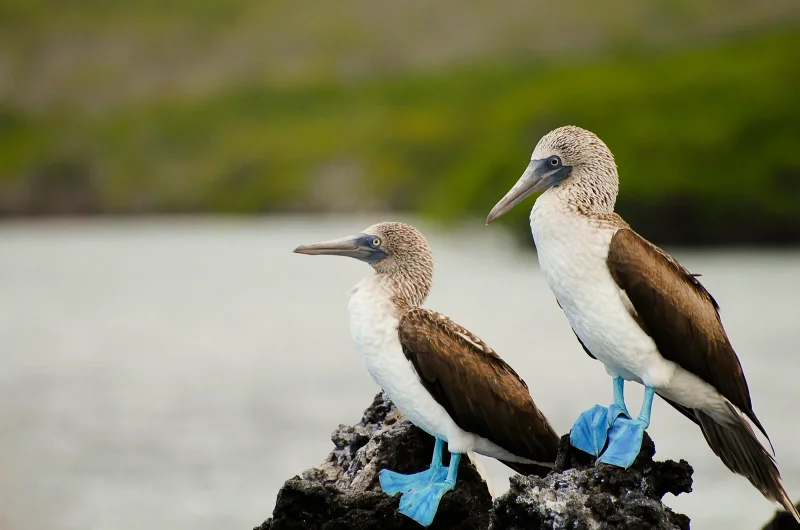

7 Day Galapagos Itinerary Highlights
- The enchantment of Darwin Bay at Genovesa Island.
- Amazing volcanic landscapes at Egas Port.
- The marvels of evolution at Fernandina: penguins, marine iguanas and flightless cormorant.
- Explore the life-filled ocean waters at Vicente Roca Point.
- A fantastic hike around picturesque Dragon hill.
- Panga ride or glass-bottom boat around Rabida.
Itinerary Map

Reviews
Animals you might see on this itinerary:
More information about the Galapagos Islands you visit in this 7 day itinerary:
7 days Itinerary MV Isabela II yacht - Galapagos cruise
Why travel with us?
Similar Itineraries


